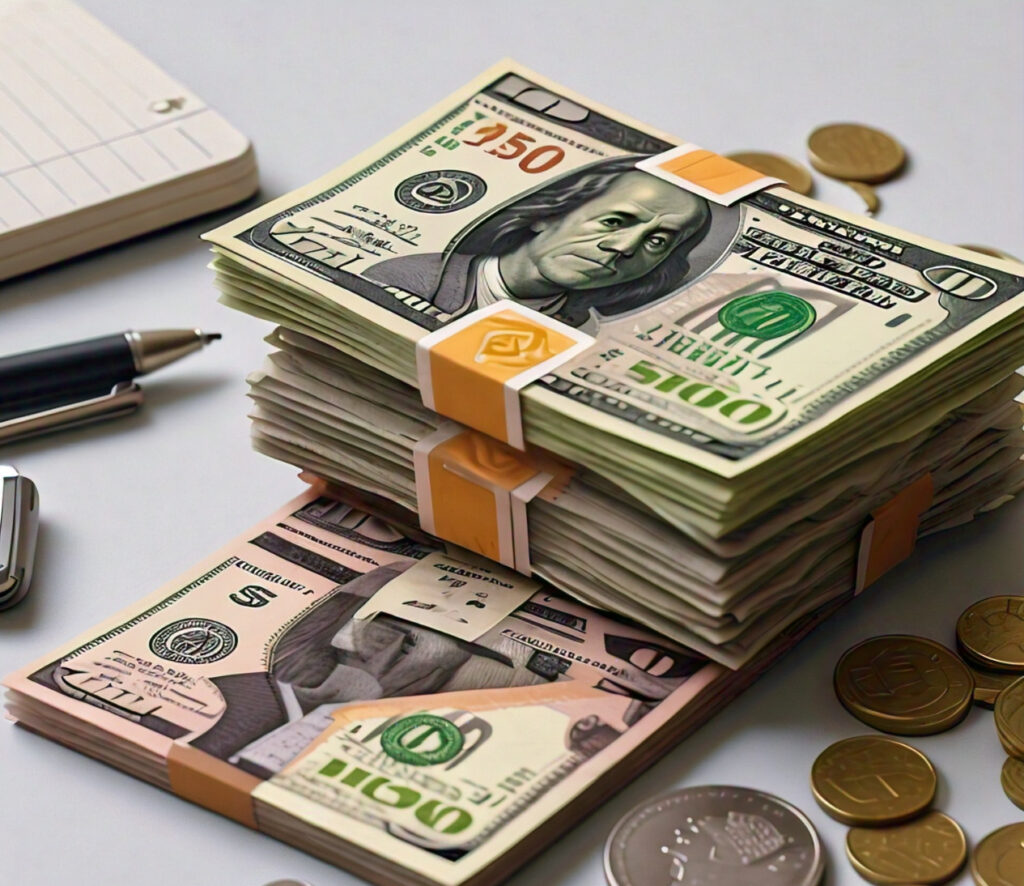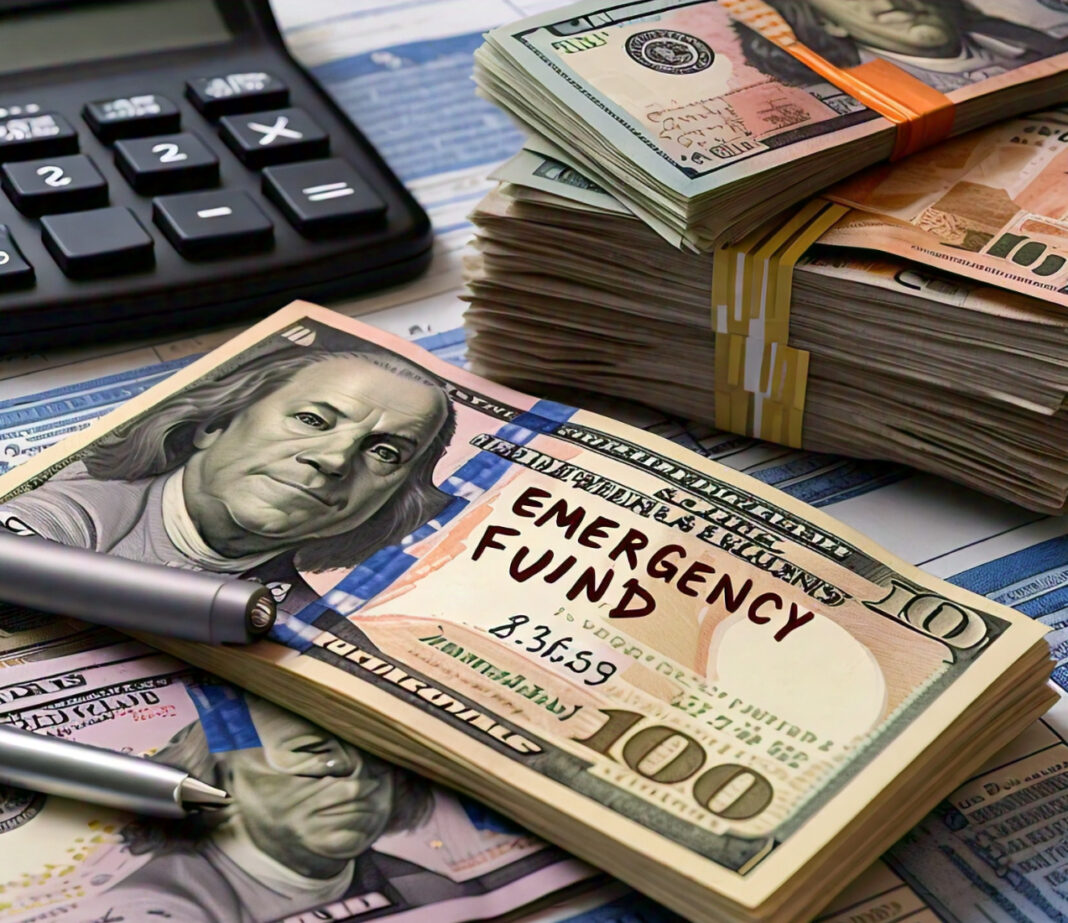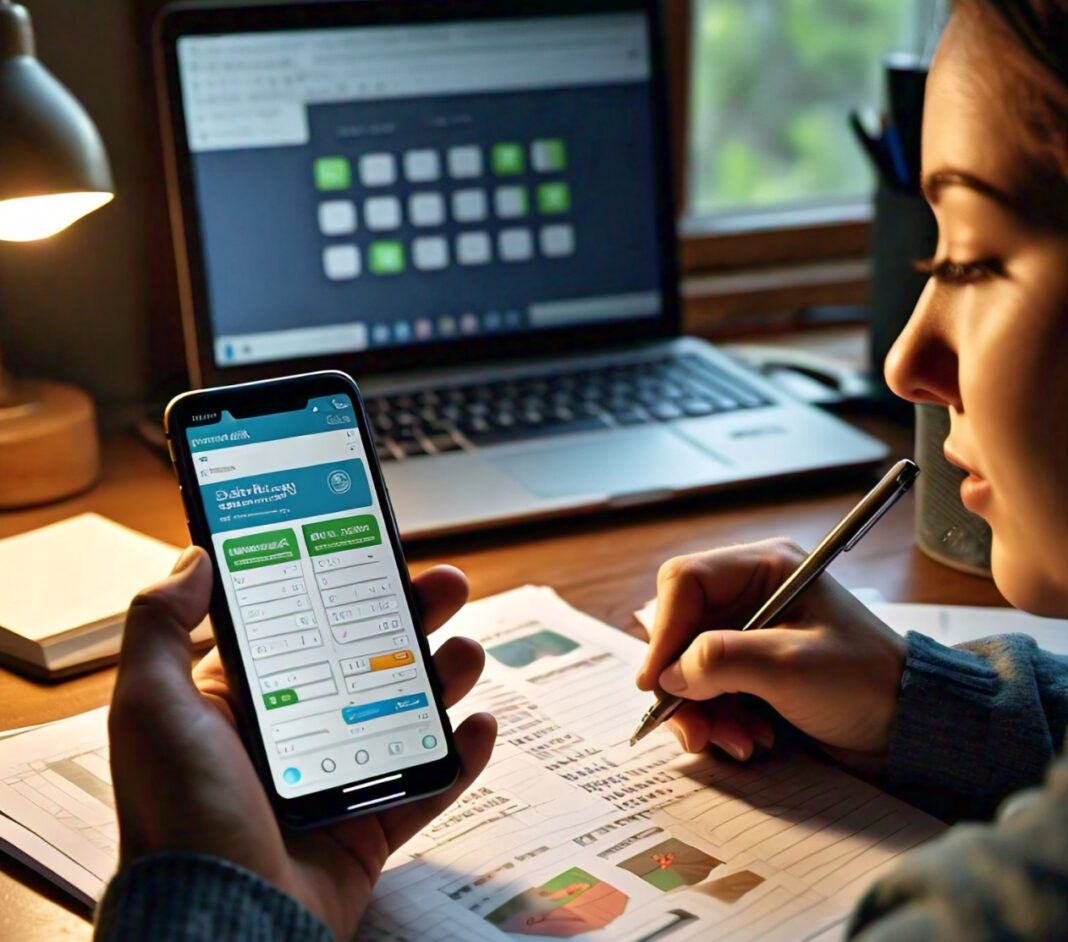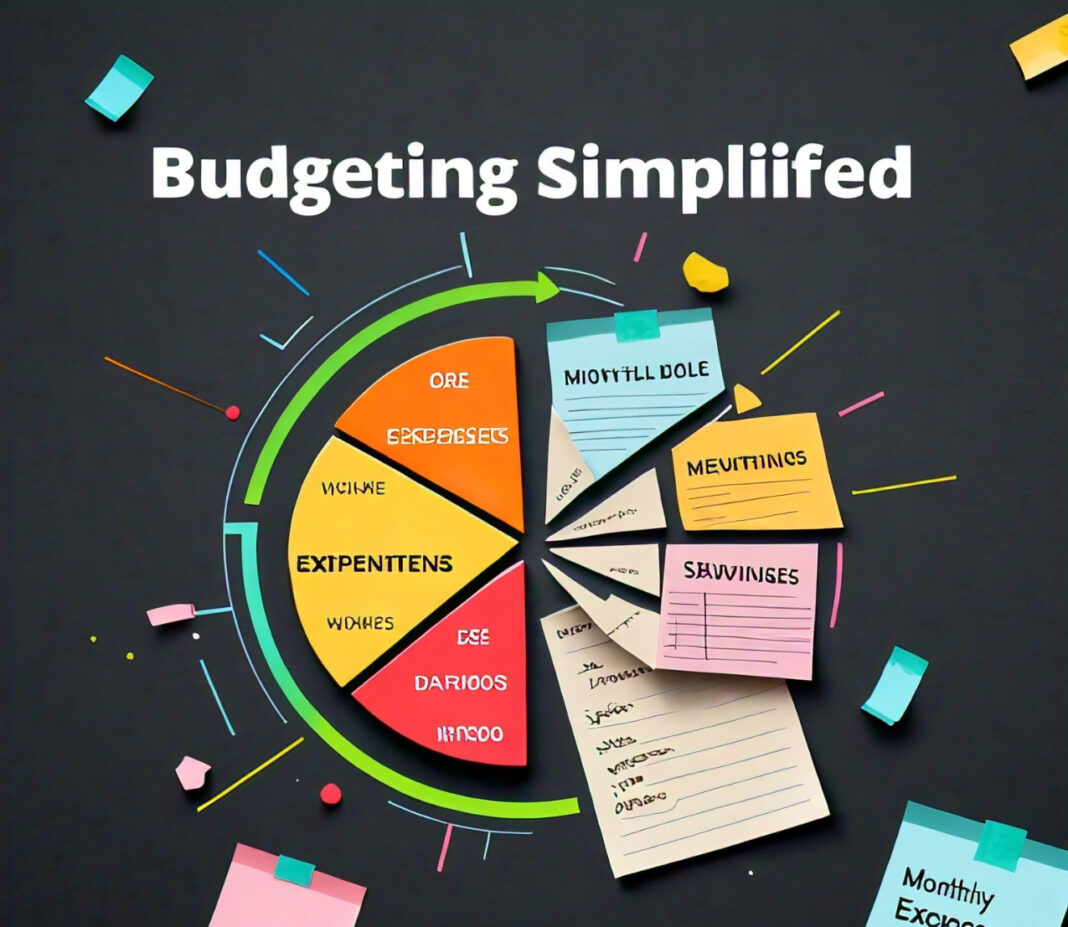One of the key financial safety nets is an emergency fund. It cushions against such eventualities as unanticipated medical bills, car repairs, or job loss. In its absence, you may rely on high-interest credit cards or loans to make ends meet, which sends one spiraling into financial stress.

It takes lots of time and discipline to have an emergency fund, but indeed it’s very important in taming your finances and living securely for the rest of your life. Building an emergency fund may not be the easiest thing to do, but with steps we are going to take you through in this article, regardless of income level and financial situation, it is achievable.
1. Why an Emergency Fund is Important
Before going into how to build one, the importance of an emergency fund has got to be realized.
- Saves from Debt: Without having an emergency fund, you are bound to fall prey to using credit cards or taking loans for any unexpected expenses. And these, in turn, have very high interest rates against which the burden of debt is rather hard to pay back.
- Gives Security to You Financially: Life is so unpredictable; anytime, there can be times when you will desire something or there could be a need. But with savings for a cushion, you will be in a better position to face the urgency at that time without derailing your finances.
- Reduces Stress: Such knowledge will give you peace of mind and reduce financial anxiety. You won’t be under stress, wondering from where the money will come to cover some expense that wasn’t planned.
An emergency fund is not a luxury but an integral element to attain financial stability.
2. Determine How Much You Need
The size of your emergency fund is determined by your financial obligations and personal situation. A common suggested benchmark to work toward is three to six months of living expenses. However, this amount may vary, based on a variety of factors that include your income, job security, and lifestyle.
Start Small: If it’s too overwhelming to save three to six months of expenses, consider starting with a much smaller goal, like $500 or $1,000. Even a small fund will cover minor emergencies, such as car repairs or medical bills.
Calculate Essential Expenses: Usually, calculate your monthly essential expenses. These usually include rent or mortgage, utilities, groceries, transportation, and insurance. Multiply this number by three or six to get a target for your emergency fund.
Keep in mind that building an emergency fund is a long-term goal. You can start small in savings and increase it when your financial situation gets better.
- Create a Budget and Identify Savings Opportunities
Once you know how much you need, the next step is to create a budget that includes contributions to your emergency fund. Budgeting helps you identify areas where you can cut back and allocate those savings toward your fund.
Track your spending with the help of a spending tracker or any other budgeting app. This will let you know every month where your money is going. It will, in turn, help you to find out the unnecessary expenses that need to be cut down or eliminated.
Prioritize Savings: Pay your emergency fund as you would pay any other bill every month. Set aside an amount, no matter how small, every month so you can at least create a habit for yourself.
Cut Needless Expenses: Analyze those categories that take a big chunk of your money, such as dining out, entertainment, and subscription services. By reducing one or more of these categories with the least possible change in lifestyle, you will be able to free precious dollars to put into your emergency fund.
As you set up a savings-based budget, you will continue to deposit money into your emergency fund on a regular basis for its growth.
4. Automate Your Savings
It’s easy to set up an emergency fund on autopilot-one of the easiest ways to get the ball rolling, in fact. With an automated transfer setup, you’ll be able to make constant and regular contributions from your checking account into a savings account.
Set up a regular transfer: Determine the amount that will be regularly and automatically transferred to your emergency fund from each paycheck. It can be any percentage of your income or any fixed dollar amount. Automating savings takes the decisions out of the process, and your fund starts to grow steadily over time.
Save in a High-Interest Savings Account: Place your emergency fund in a high-interest savings account so that your money earns interest and grows faster.
Automation makes the creation of this emergency fund effortless and worry-free, with guaranteed regular deposits.
5. Start with Small, Achievable Goals
Saving three to six months of expenses can be daunting, especially from scratch. Try not to focus on the big picture but instead break it down into smaller, more attainable milestones.
- Mini-Goals: Set milestones like, for example, saving $100, then building up to $500, and finally $1,000. The small milestones will help in building pride and motivation toward further development.
Celebrate Small Wins: Every time you achieve another milestone of savings, take some time out to reward yourself-something small like dinner out or movie night. It makes reaching your goal all that more rewarding and motivating.
Being modest in size, this cuts down the task of building an emergency fund into less overwhelming terms and helps you build momentum.
6. Save Windfalls and Bonuses
Set aside a part or all of any unexpected money that falls into your lap through a tax refund, work bonus, or cash gift, and put it in your emergency fund. Windfalls are an excellent way to make big deposits to savings without impacting your normal budget.
- Direct Deposits to Savings: If possible, have windfalls directly deposited to your emergency fund to avoid even being tempted by the money.
Save a Percentage: The moment you come into a large sum of money, you don’t have to save it all. You can always split it: for instance, 70% saved and 30% spent. This way, you will still enjoy part of the windfall and improve your emergency fund.
Windfalls can be used to accelerate your emergency fund and help you more quickly reach your goals.
- Reduce Debt for Freeing More Money to Save
Debt, especially high-interest debt from credit cards, severely tempers or completely eliminates the desire to save an emergency fund. This means any extra money, after paying the rent/mortgage, food, utilities, etc., has to be used for debt retirement so that after some time, more money will be available to save.
- Use either the Debt Snowball or Avalanche Method: The debt snowball methods require you to pay first, the most minimal debts, while you will pay at least the minimum on larger ones. With the avalanche method, you target high-interest rates first. Use whatever works best for you and put any extra money toward debt repayment.
Combine Savings and Debt Repayment: If you feel conflicted between debt repayment and building your emergency money fund, do both. For example, you could determine to put 70 percent of the additional money toward debt and 30 percent toward savings. You will be able to work on both goals comfortably without feeling like you are compromising on either end.
You will reduce your debt, which creates more breathing room in your budget, making it easier to realize your goal for an emergency fund.
- Start a Side Hustle
If you find it difficult to save money from the income you make, try taking up a side hustle to give your savings a boost. The beauty of a side hustle is that you get to make extra money without having to rely on your one source of income.
Freelance Work: If you have such skills like writing, graphic design, or web development, then do freelance work in your free time. Sites such as Upwork and Fiverr make the process extremely easy in finding gigs that suit your skill set.
Part-time Jobs: If freelancing is not for you, then look out for part-time jobs that suit your schedule. You can do evenings or weekends to bring extra money in.
Sell Things You Don’t Need: Selling items lying around the house that you no longer use is another way to make some money. You could use eBay, Craigslist, or Facebook Marketplace for that.
Using the extra money from the side hustle will turbocharge your savings and get you to the target of your emergency fund much quicker.
9. **Avoid Using Your Emergency Fund for Non-Emergencies
After you begin building this emergency fund, you need to protect it. Refrain from using your savings to pay for things that you do not need or that are not imperative.
- Define What Constitutes an Emergency: Before you tap into the fund, ask yourself if the expense falls under the category of a true emergency. Is it an expense that requires immediate attention, such as a car repair or medical bill, or can it be placed on hold?
Create a Separate Savings for Other Goals: If you are saving for any other goals other than your emergency fund-such as a vacation or home renovation-keep those separate. That way, you won’t be dipping into and using your emergency money on non-emergency purchases.
By keeping your emergency fund exclusively for real emergencies, you will find when the true emergency comes, it is there.
10. **Reassess and Adjust Your Fund as Needed
Over time, your financial situation will change, from increased expenses to new responsibilities or a higher income. It is important that you reassess your emergency fund to make sure it is still able to meet your changing needs.
Increase Your Goal as Your Expenses Grow: As your income and expenses increase, you should adjust your emergency fund goal to cover higher living costs. For example, if your rent or mortgage goes up, it’s important that your emergency fund does, too.
Review Your Budget Regularly: Marriage, childbirth, moving to another city-are instances or situations that may alter your budget. Review your budget and modify the amount you put into the emergency fund.
Regular re-evaluation of your emergency fund keeps you prepared for any alteration in your financial circumstances.
Conclusion
The best decision that anybody can make toward their financial future is probably to build up that emergency fund. It provides a sense of security, reduces your levels of stress, and protects you from the uncertainties in life. While it may take time to build, start small and stay consistent until you get to that healthy-looking number of a few months’ worth of living expenses.
By tracking your spending, automating your savings, and using windfalls to boost your fund-all in this article-you’ll be well on your way to successfully building an emergency fund that creates both peace of mind and financial stability. Just stay disciplined, be patient, and watch that number grow!






